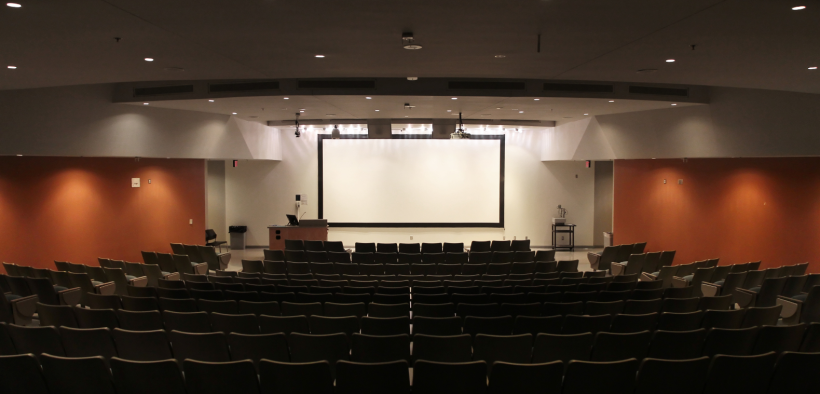While many of us know by now that lecture alone is incongruent with student learning, it remains the predominant form of teaching—and understandably so. Pedagogical change is not a natural function in college classrooms, and it is challenging to learn and implement new teaching strategies. Accepting that many of us are comfortable in lectures, it may be impractical to abandon lecture and embrace fully student-centered active learning. An injection of active learning in lectures may transform our teaching into a win-win situation: we could have a solid lecture as a guiding tool for incorporating active learning and develop “quasi-active” learning in our classrooms (He, 2021). Below are the three phases of quasi-active learning that you can implement in your classes.
Quasi-active Learning: An Approach to Blending Active Learning and Lecture

Related Articles
I have two loves: teaching and learning. Although I love them for different reasons, I’ve been passionate about...
Active learning is a mostly meaningless educational buzzword. It’s a feel-good, intuitively popular term that indicates concern for...
Perhaps the earliest introduction a student has with a course is the syllabus as it’s generally the first...
Generative AI allows instructors to create interactive, self-directed review activities for their courses. The beauty of these activities...
I’ve often felt that a teacher’s life is suspended, Janus-like, between past experiences and future hopes; it’s only...
I teach first-year writing at a small liberal arts college, and on the first day of class, I...
Proponents of rubrics champion them as a means of ensuring consistency in grading, not only between students within...







